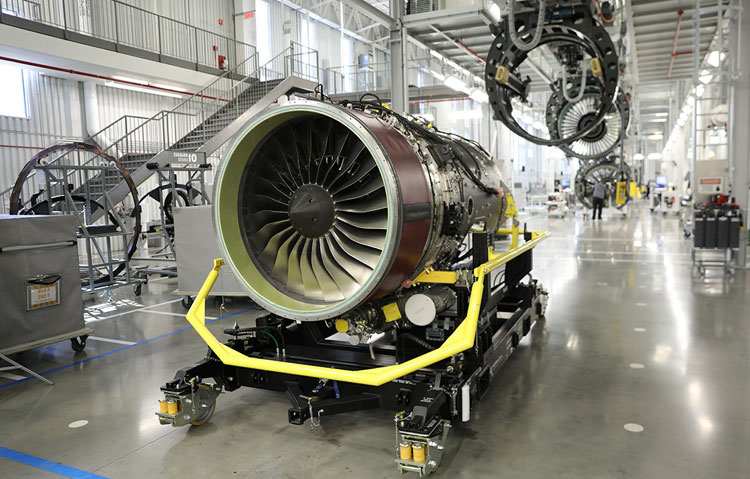RTX's Pratt & Whitney Canada and Gulfstream successfully complete first 100 per cent SAF transatlantic flight with G600 business jet powered by PW800 engines
Pioneering flight supports aviation industry's goal of achieving net-zero CO2 emissions

Pratt & Whitney Canada and Gulfstream Aerospace Corp. today announced the successful completion of the first transatlantic flight using sustainable aviation fuel (SAF) with both PW815GA engines on a Gulfstream business jet. Pratt & Whitney is an RTX business.
"Collaborating with airframe manufacturers such as Gulfstream is an important part of our long-standing efforts to ensure SAF compatibility across all our engines, which have already been certified to operate with up to 50 per cent SAF blends for more than a decade," said Anthony Rossi, vice president of Sales & Marketing at Pratt & Whitney Canada. "With this transatlantic flight, we are effectively demonstrating both engine and aircraft functionality in a fully operational setting to support future specifications for 100 per cent SAF, which will be critical to achieving a more sustainable future of net-zero CO2 emissions for aviation in the decades ahead. Future 100 per cent SAF operational approval will add to the versatility, reliability, and fuel efficiency of the PW815GA engine to benefit Gulfstream and our customers."
The Gulfstream G600 flew on Nov. 19 from Savannah, Georgia to Farnborough, United Kingdom, with both engines powered by 100 per cent Hydro processed Esters and Fatty Acids (neat HEFA), which has at least 70 per cent lower lifecycle CO2 emissions than fossil-based jet fuel. The SAF used on the flight was produced by World Energy and delivered by World Fuel Services.
"For more than a decade, we have worked closely with Pratt & Whitney Canada to power a new generation of our business jets using the PW800 engine," said Mike Burns, president, Gulfstream. "The G600 entered service in 2019 powered by twin PW815GA engines and the aircraft has consistently delivered on our promises to our customers. The performance of the aircraft on the first transatlantic flight using 100 per cent SAF showcases our commitment to leading the industry in sustainability innovation through new aircraft and propulsion technologies, while promoting environmentally responsible practices."





